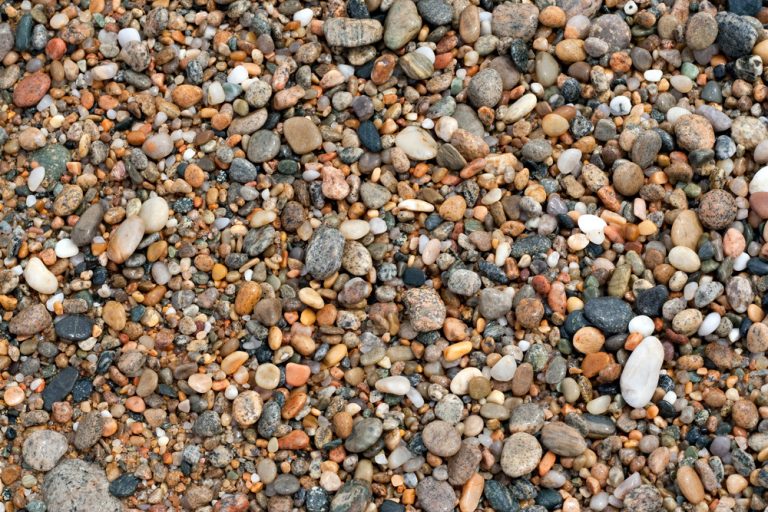

Home water purification systems are very common, according to statistics four out of every ten Americans have one. And they come in many different designs. One of these is the UV water filtration system, which uses ultraviolet radiation to inactivate bacteria and cleanse water. This form of home water treatment has many benefits, especially for those that are collecting rain water for their needs.
In fact, UV water purification systems can offer the most cost-effective treatments of biological contaminants in water. They can be used against water-borne viruses, bacteria, molds and disease-causing microorganisms such as giardia and others. Even viruses that are known to be highly resistant to chlorine-treated water, like the hepatitis virus, can be eliminated by a UV water filtration system, with relative ease.
The biggest benefit of the UV filtration system is the cost effectiveness. A UV purification system is good at killing a majority of the harmful microbes associated with most common water-borne illnesses, and for at a lower price than its competitors. On average, a UV water purifier can start at $250 for a small point of use system and $1400 for a whole home one.
The system will only use as much energy as a 60-watt bulb, and the filters don’t introduce chemicals into the water as they purify. This means that the taste and color of the water are unaltered, and there is no danger of harmful bi-products from a UV filter. They are also easy to install and to maintain.
There are, like any system, drawbacks, however. The system requires electricity to run, which may be an issue in developing countries, or if the power goes out. It also does not work well when the water is muddy, as it works most effectively on clear water. Another filtration system would be required to clear it, first.
Most importantly, however, is that UV rays are invisible to the naked eye. This can make it difficult to know if the system is working, and thus to know if you need to replace the lamp in order to make it run. This could make you run the system, without knowing it’s not working, for some time. For these reasons, experts suggest replacing the lamp once a year to keep harmful bacteria out of your water supply.


